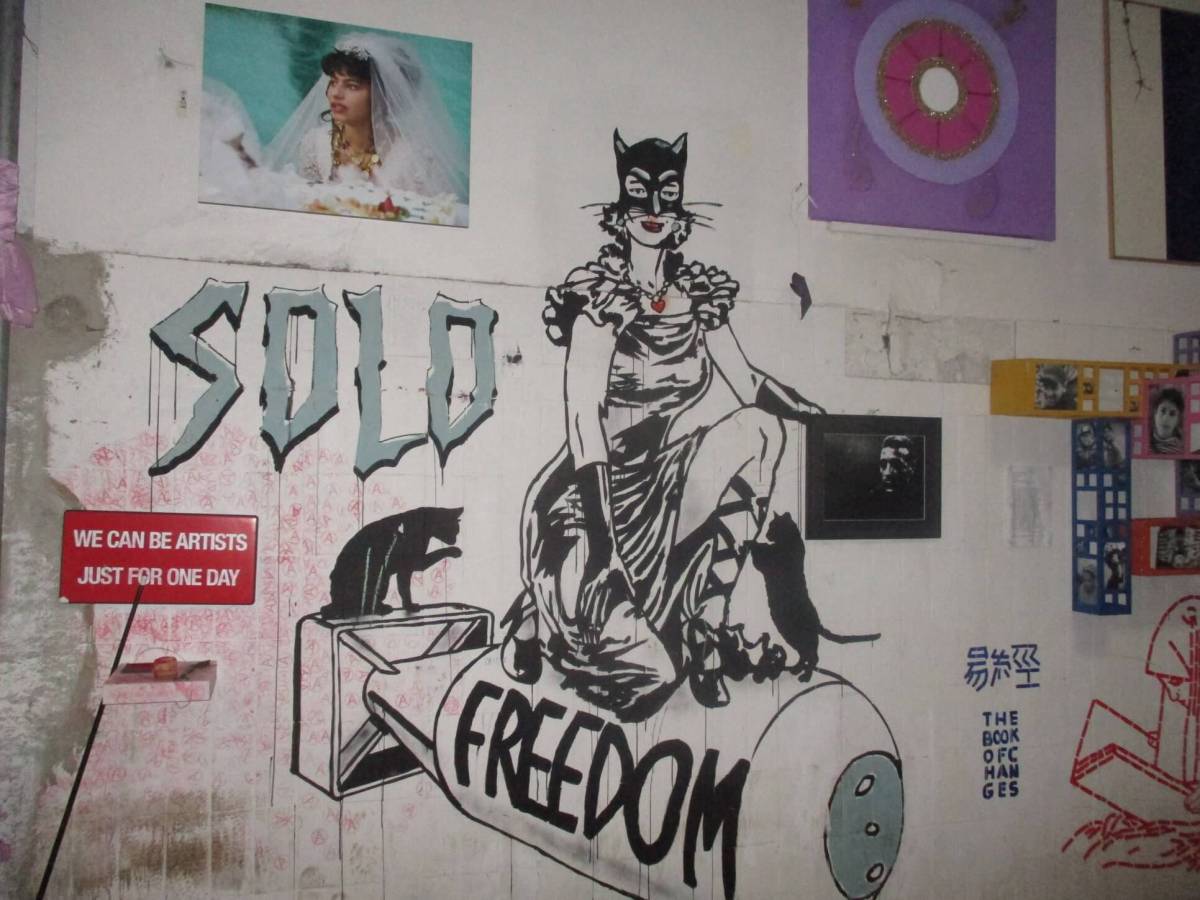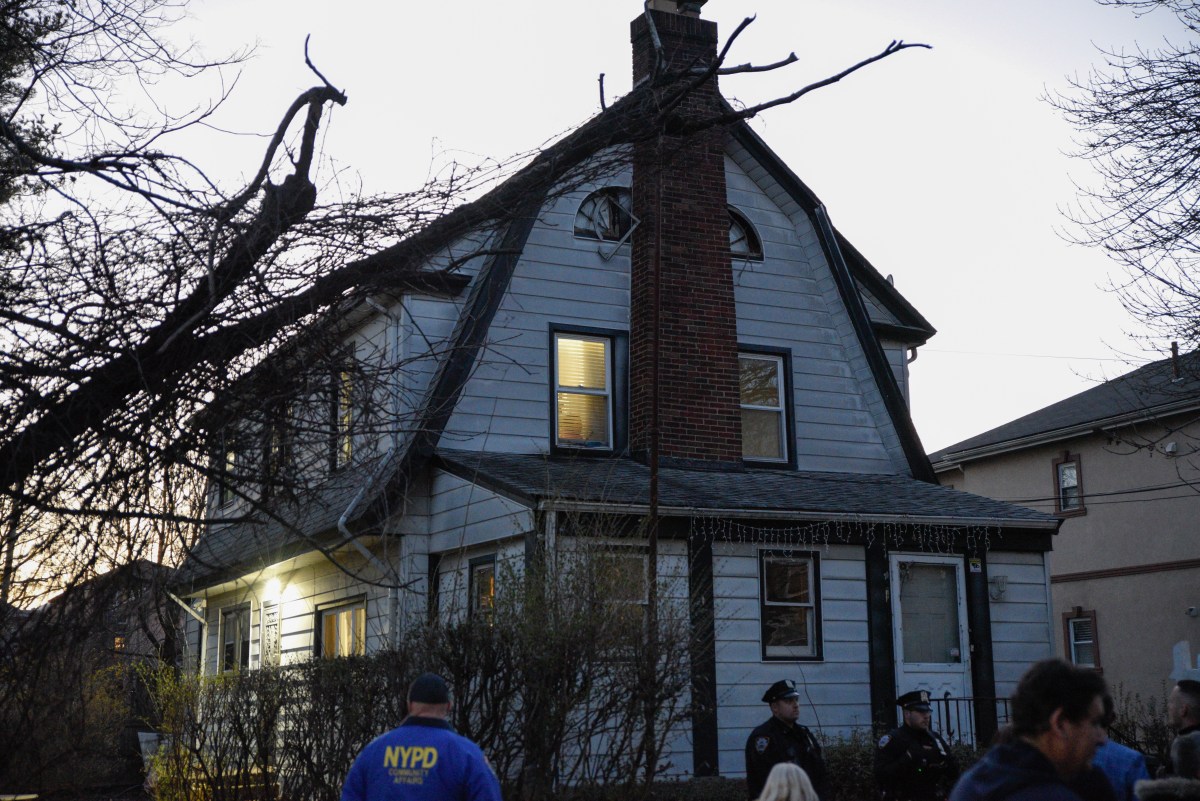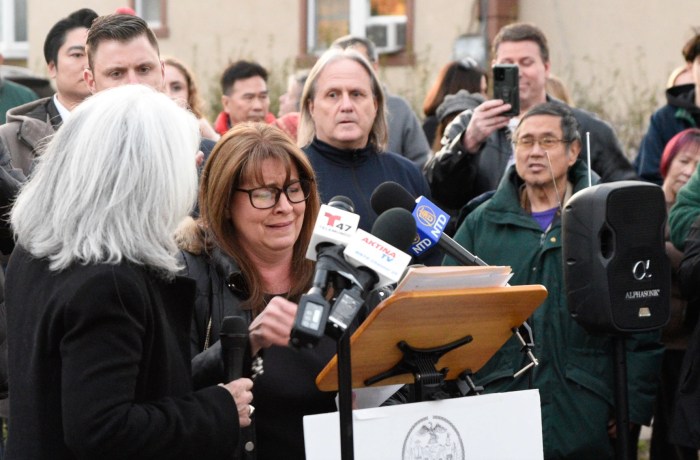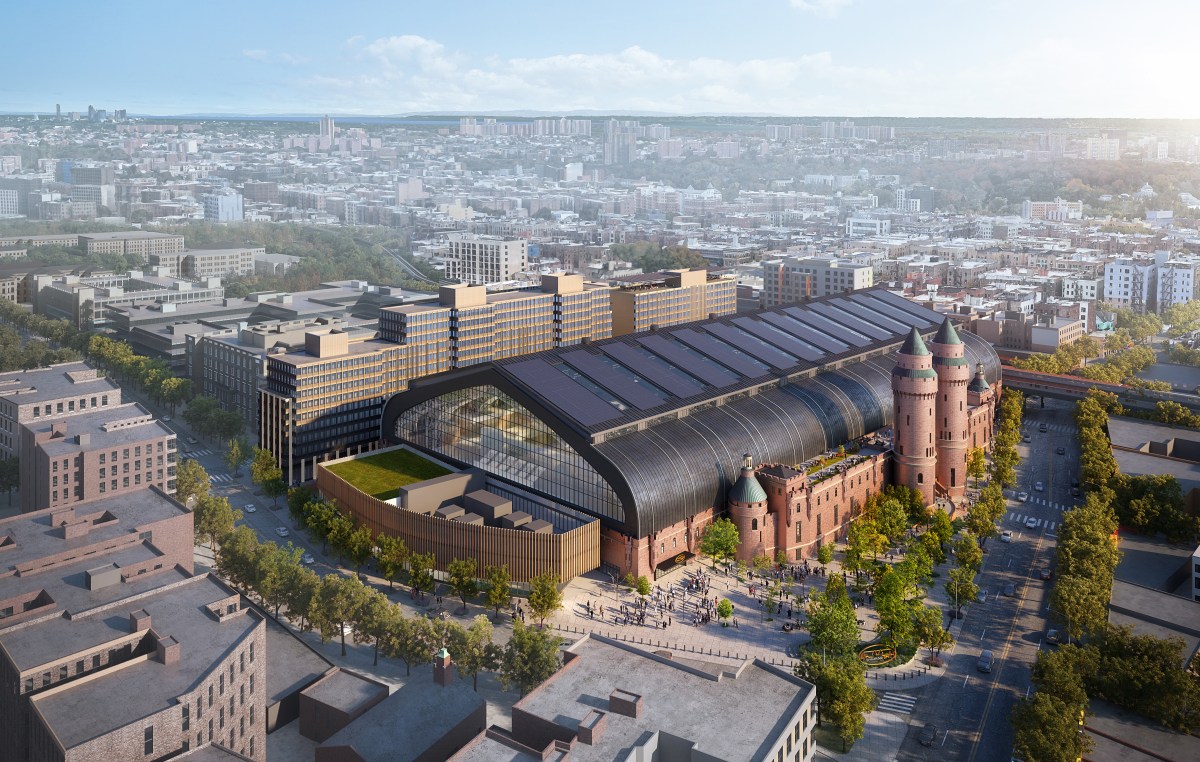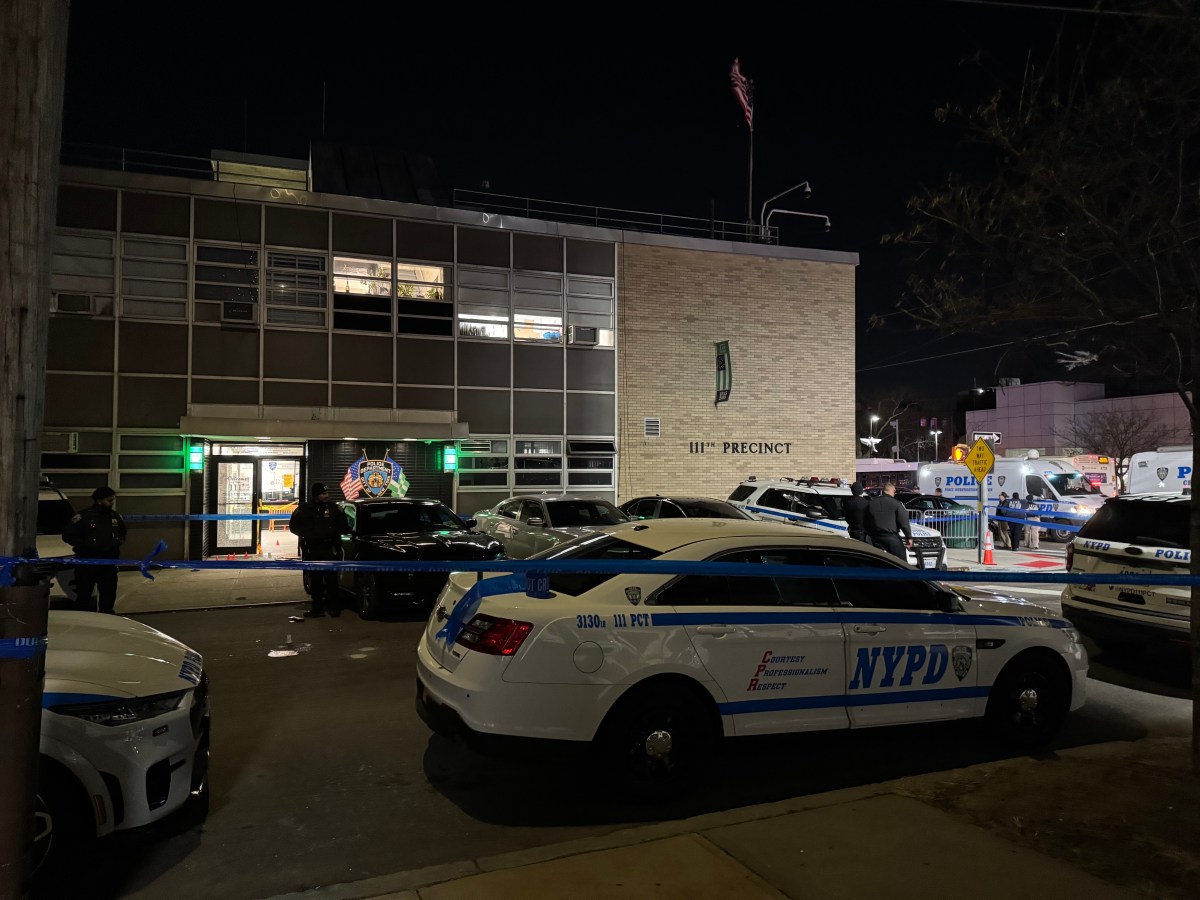BY BILL WEINBERG | In an outlying industrial area of the Eternal City, along the Via Prenestina, is one of Rome’s most public and eccentric squats, or occupazioni — the Metropoliz. This won fame on the underground film circuit with its 2011 cinematic project “Space Metropoliz,” about squatters colonizing the moon (a nod, if not an intentional one, to Ursula K. Le Guin’s novel “The Dispossessed”). Filmed in the cavernous ex-factory, the flick is on YouTube, and has screened at film festivals in Italy and elsewhere. On a recent trip to Italy, I visited Metropoliz to see it for myself.
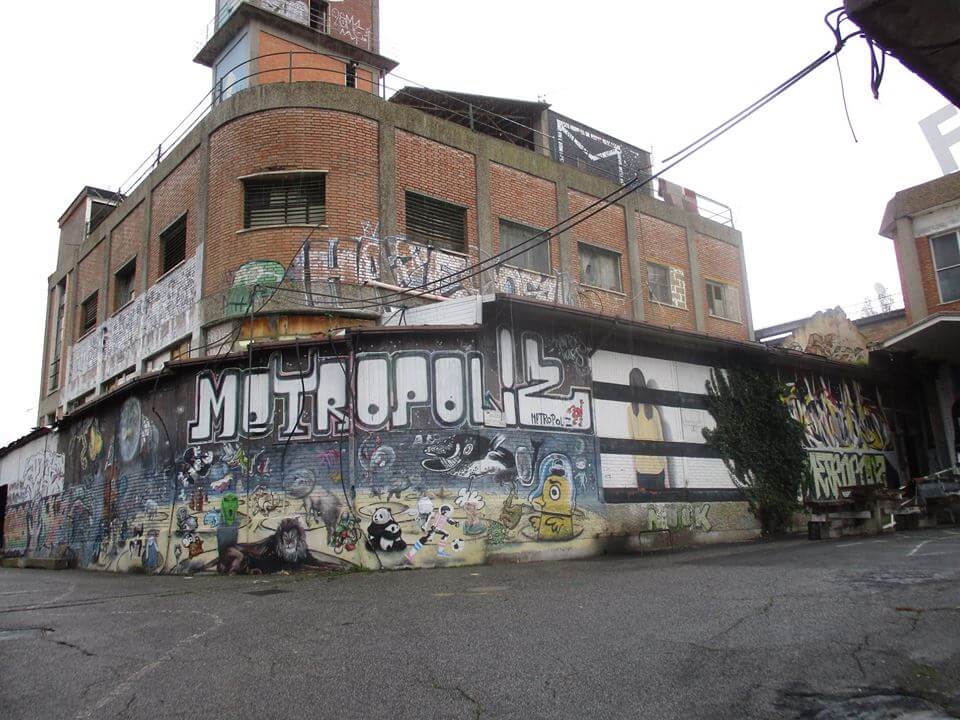
Every vast room in the rambling former salami plant was filled with bizarre artwork — murals on the walls, huge sculptures hanging from the ceilings, surreal, menacing or idealistic. Many were crafted from found industrial debris.
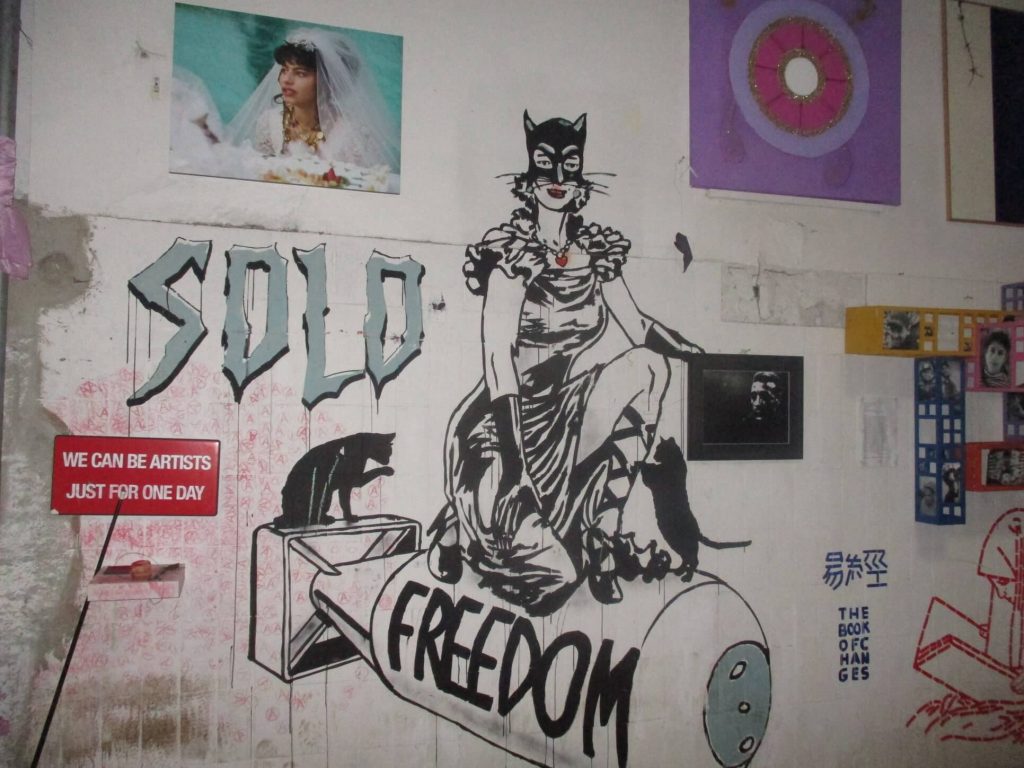
But the upper floors were inhabited by mostly migrant families, their laundry hung to dry in the corridors. In the canteen, where a big circle-“A” anarchist symbol hung above the kitchen doorway, a family of Peruvians was cooking up lunch fare: the typical Italian proletarian dish pasta fazool, and the traditional Peruvian specialty, papas a la Huancaína. Giorgio de Finis, who directed the film and co-founded the squat, sat down with me over coffee in the canteen.
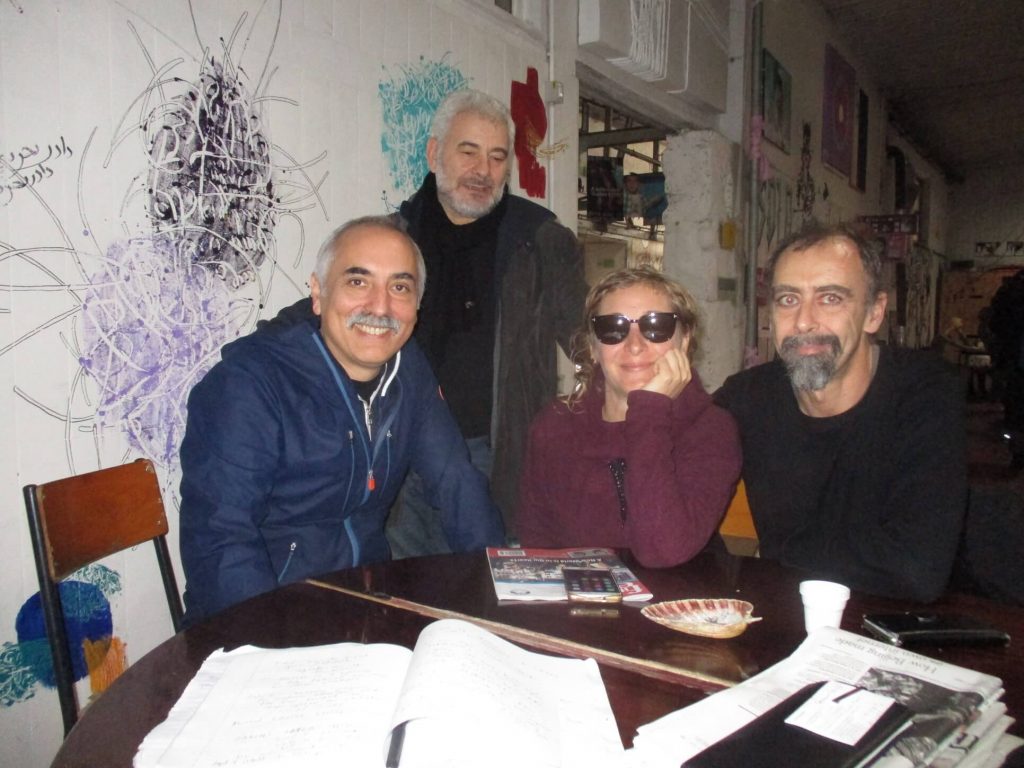
“Many squats in Europe are inhabited by artists,” he said. “But this one is inhabited by families. Artists initiated it, but with the political intention to advance what we call the diritto a la città — the right to housing.” (Literally, “the right to the city.”) The salami factory was abandoned in the ’80s, and the space was taken over in 2009 by a squatter movement called the Blocchi Precari Metropolitani (the Precarious Metropolitan Blocs), a reference to the uncertain social status of the disenfranchised. The year after the film came out, the place was opened to the public as the Museo dell’Altro e dell’Altrove di Metropoliz, or MAAM (the Museum of the Other and the Elsewhere).
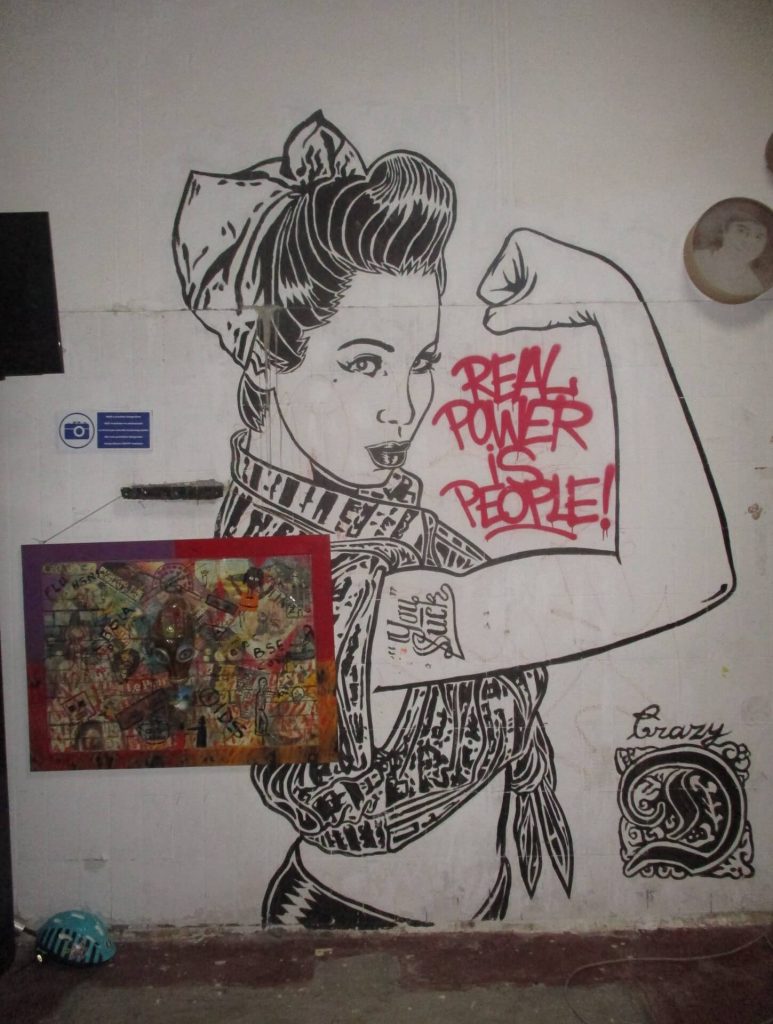
Amid the droves of alterno-tourists groking on the artwork live some 200 migrants — from Peru, Morocco, Sudan, Ethiopia, Eritrea — as well as some Italian families left unemployed and homeless in the wake of the 2008 economic crisis, and several Romani families, otherwise forced to live in camps under what de Finis called a “policy of ghettoization.” But by the time the squatters moved in, the ex-factory had already been bought by the Salini Impregilo construction firm, which wants to build an apartment complex on the site. De Finis emphasized that this development would not serve the communities now living in the Metropoliz.
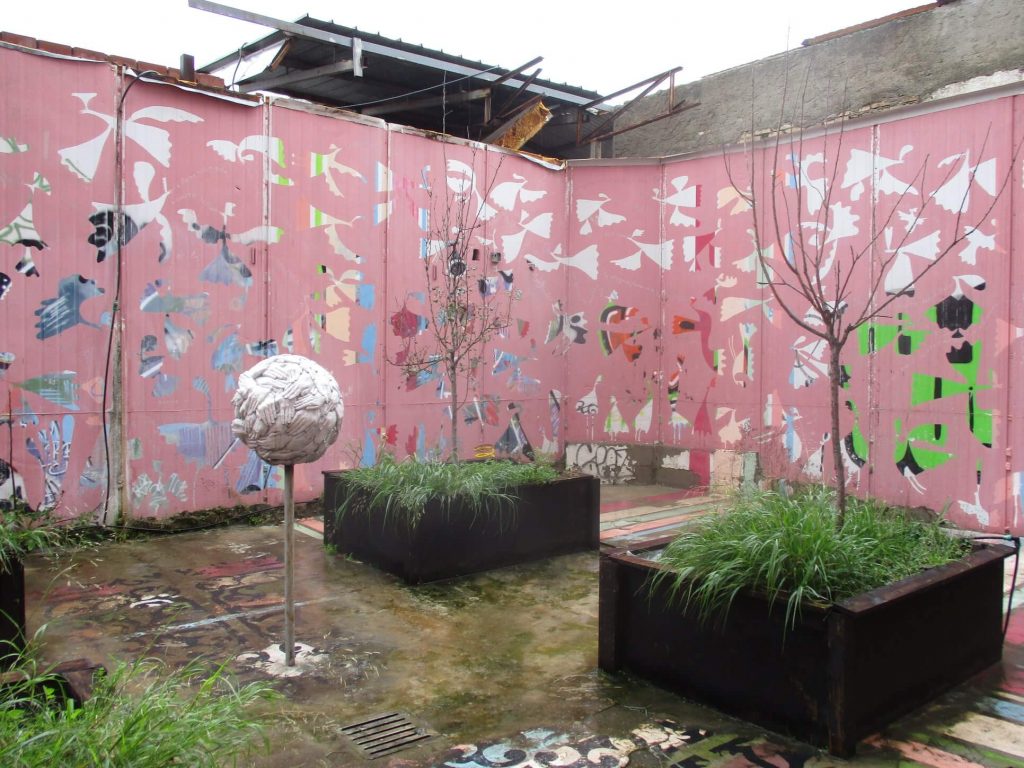
Irene di Noto, another Metropoliz co-founder, sees the project as an experiment in a new form of social organization. “We want to go beyond the dichotomy between public and private,” she said. “What we call ‘public’ today is space not yet appropriated by the private. We want to establish space outside that dynamic — a space managed by citizens, as well as accessible to citizens.” Acknowledging that Metropoliz has a weak claim to the space under the law, she said, “We speak not of legality but legitimacy — serving the bene comune [common good].”
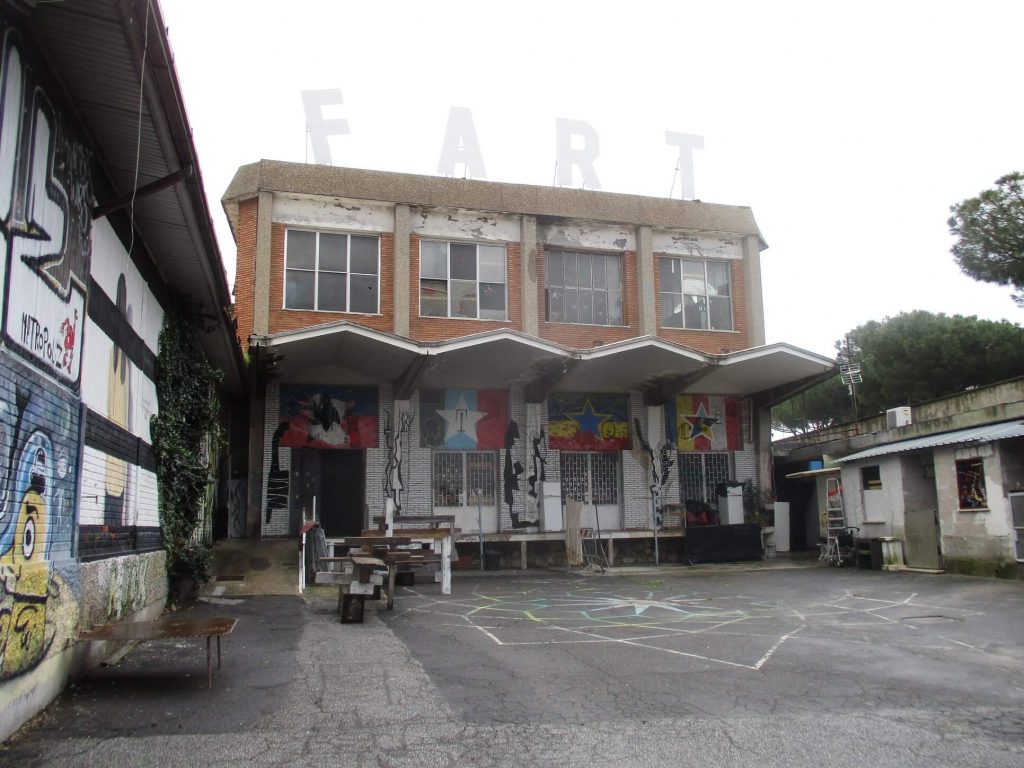
Di Noto believes there are some 6,000 people living in some 100 squats across Rome, and that criminalizing them will not address the social pressures that brought about this reality. “Rent control was abolished throughout Italy in the ’90s, and public housing has been sold off since then; there is less each year,” she said. “Salvini’s ‘Italians first’ rhetoric and security law facilitate evictions.”
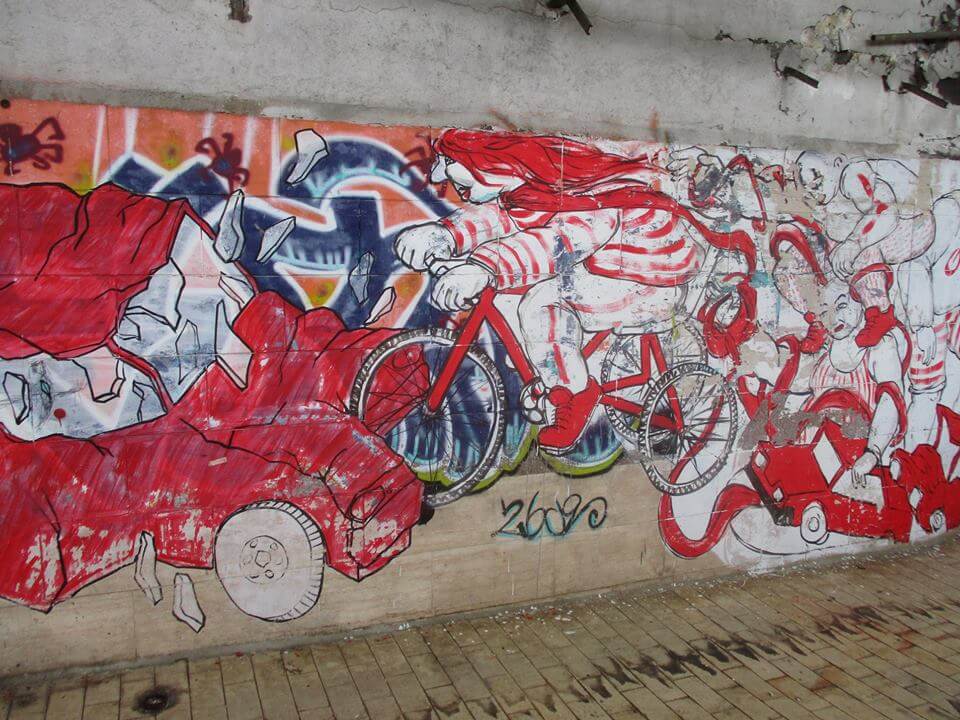
She was referring to the draconian Security Decree instated by Italy’s far-right Interior Minister Matteo Salvini, explicitly aimed at two broadly overlapping groups: immigrants and squatters. In addition to restricting the rights of migrants and refugees to asylum and government aid, the decree also imposes a five-year prison term for squatting. Italy’s thousands of squatters — many of them displaced from their homelands in the Middle East, Africa and South America — are now in a precarious position.



